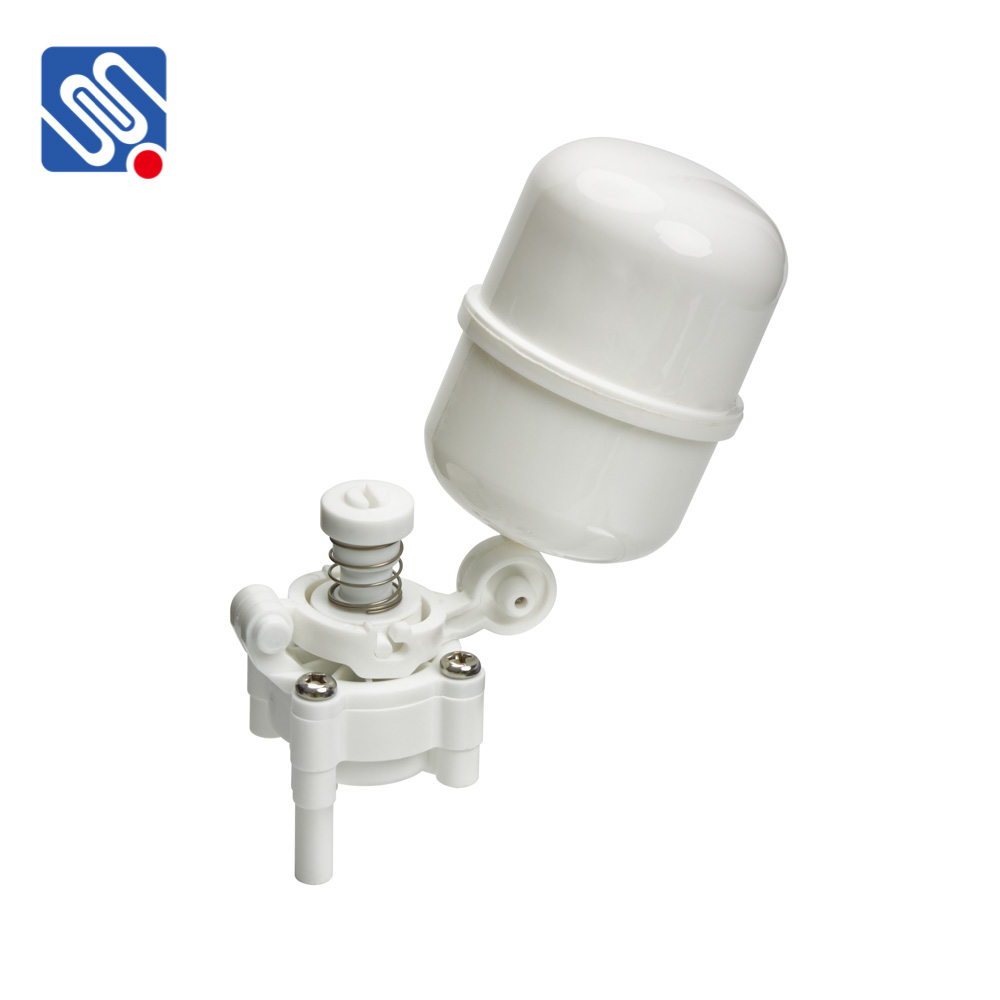Plastic valves are essential components in water systems, offering an efficient and cost-effective solution for a variety of residential, commercial, and industrial applications. Made from durable plastic materials like PVC, CPVC, and polypropylene, these valves are widely used in systems where corrosion resistance, ease of installation, and lightweight properties are critical. In this article, we will explore the benefits, types, and applications of plastic valves, and why they are increasingly becoming the go-to choice in modern water management.

The Rise of Plastic Valves Traditionally, metal valves such as brass or steel were the standard choice for water systems. However, with advancements in material science, plastic valves have gained significant traction. These valves, crafted from materials like Polyvinyl Chloride (PVC), Chlorinated Polyvinyl Chloride (CPVC), Polypropylene (PP), and Polyvinylidene Fluoride (PVDF), offer several advantages over their metal counterparts, including resistance to corrosion, lower weight, and cost-efficiency. These features make plastic valves particularly attractive for both residential and industrial applications where longevity, performance, and cost are key factors.